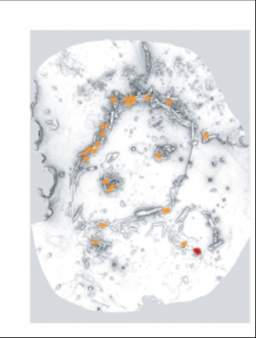
Figure 1 | Ortho-image of the Bruniquel Cave structures. The six
structures are composed only of speleothems or fragments of speleothems (speleofacts), aligned and superimposed (A, B) (Extended Data Fig. 2a, b), or accumulated (C, D, E, F). A′ is a likely extension of A. Their contours are sometimes imprecise due to the calcite layer and stalagmitic regrowths that cover them. The orange spots represent the heated zones, all located on the construction elements. The red spot (structure B) represents a char concentration (mainly burnt bone fragments) on the ground (Extended Data Fig. 3, bottom left)
Very little is known about Neanderthal cultures1, particularly early ones. Other than lithic implements and exceptional bone tools2, very few artefacts have been preserved. While those that do remain include red and black pigments3 and burial sites4, these indications of modernity are extremely sparse and few have been precisely dated, thus greatly limiting our knowledge of these predecessors of modern humans5. Here we report the dating of annular constructions made of broken stalagmites found deep in Bruniquel Cave in southwest France. The regular geometry of the stalagmite circles, the arrangement of broken stalagmites and several traces of fire demonstrate the anthropogenic origin of these constructions. Uranium-series dating of stalagmite regrowths on the structures and on burnt bone, combined with the dating of stalagmite tips in the structures, give a reliable and replicated age of 176.5 thousand years (±2.1 thousand years), making these edifices among the oldest known well-dated constructions made by humans. Their presence at 336 metres from the entrance of the cave indicates that humans from this period had already mastered the underground environment, which can be considered a major step in human modernity.






